Combining sleek design with advanced technology, the Cassita II features a minimalist shape and ultra-slim cassette—ideal for contemporary homes. Multiple optional extras offer enhanced comfort and user-friendly convenience, making it a stylish and functional shading solution.
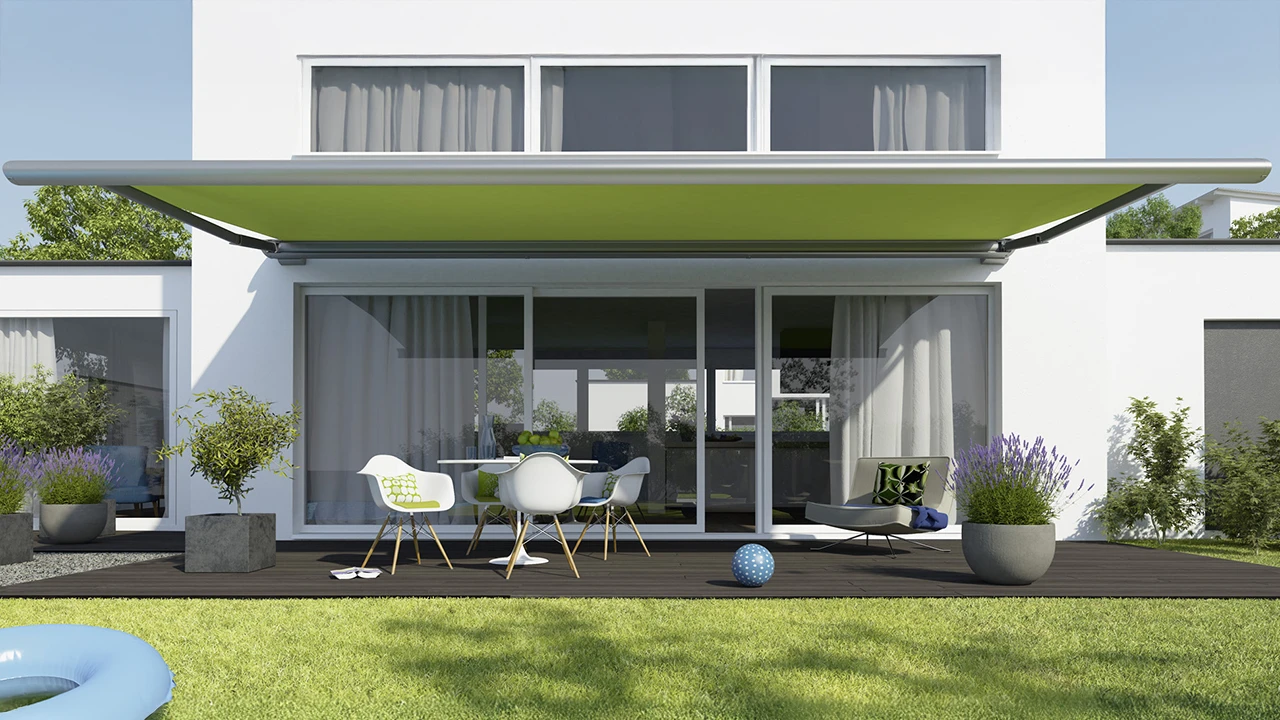
Robust LongLife arms ensure stable performance in strong winds. Optional integrated LED lighting adds comfort and convenience. Available in a wide choice of customisable colours and high-quality fabrics.
Ideal for lovers of contemporary home décor, the Cassita II stands out with its sleek, flat, and oval-shaped minimalist design.
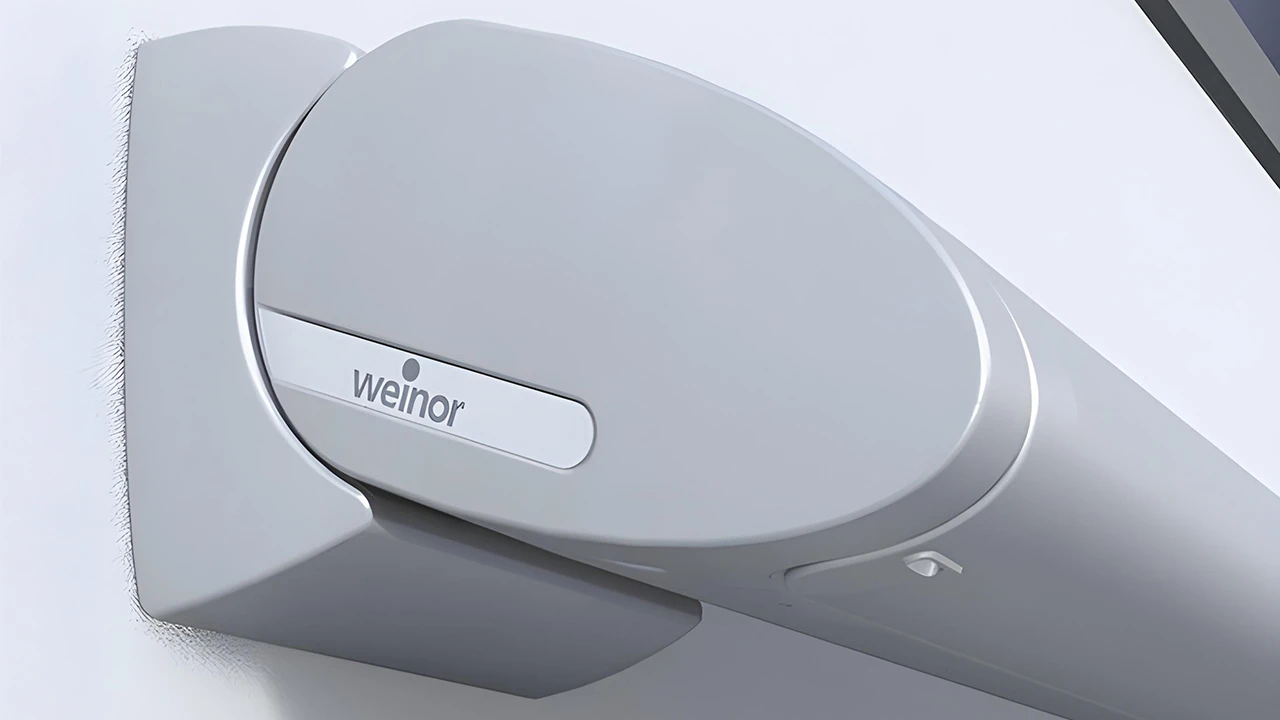
Extend your patio time with the optional LED light bar, offering cosy warm white lighting for relaxing evenings outdoors.
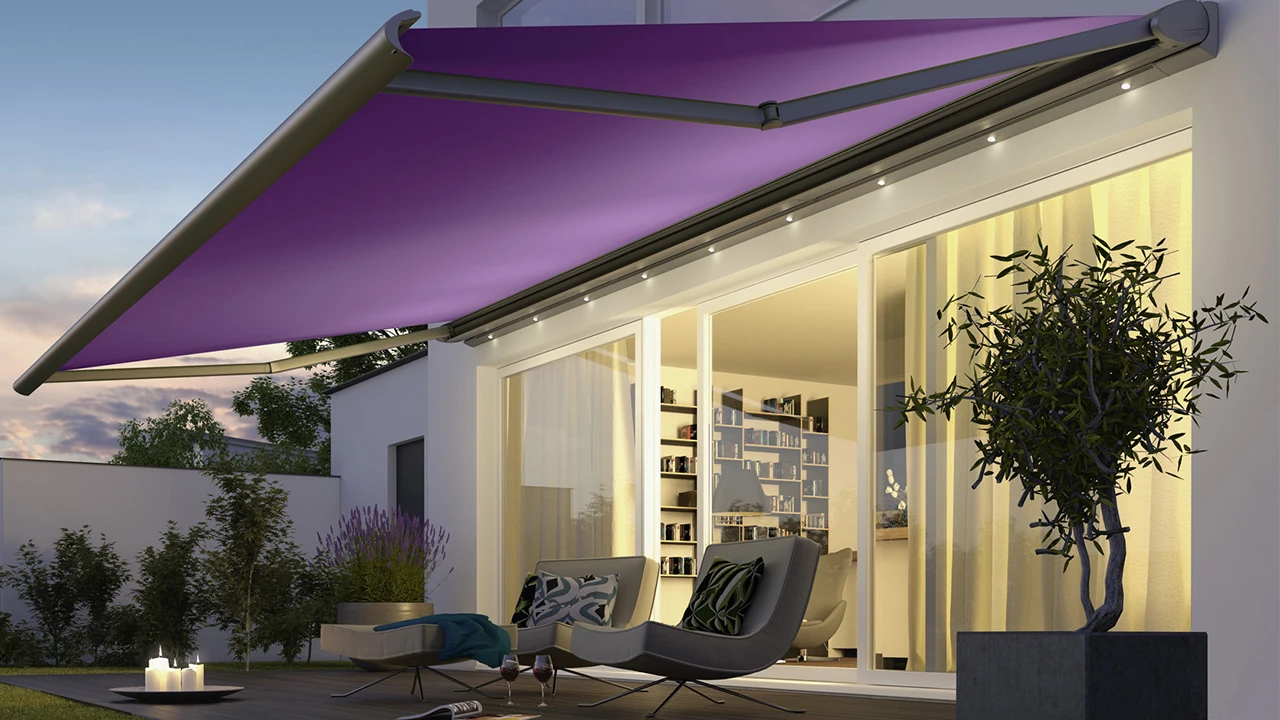
Simple end-mount installation using just two brackets.
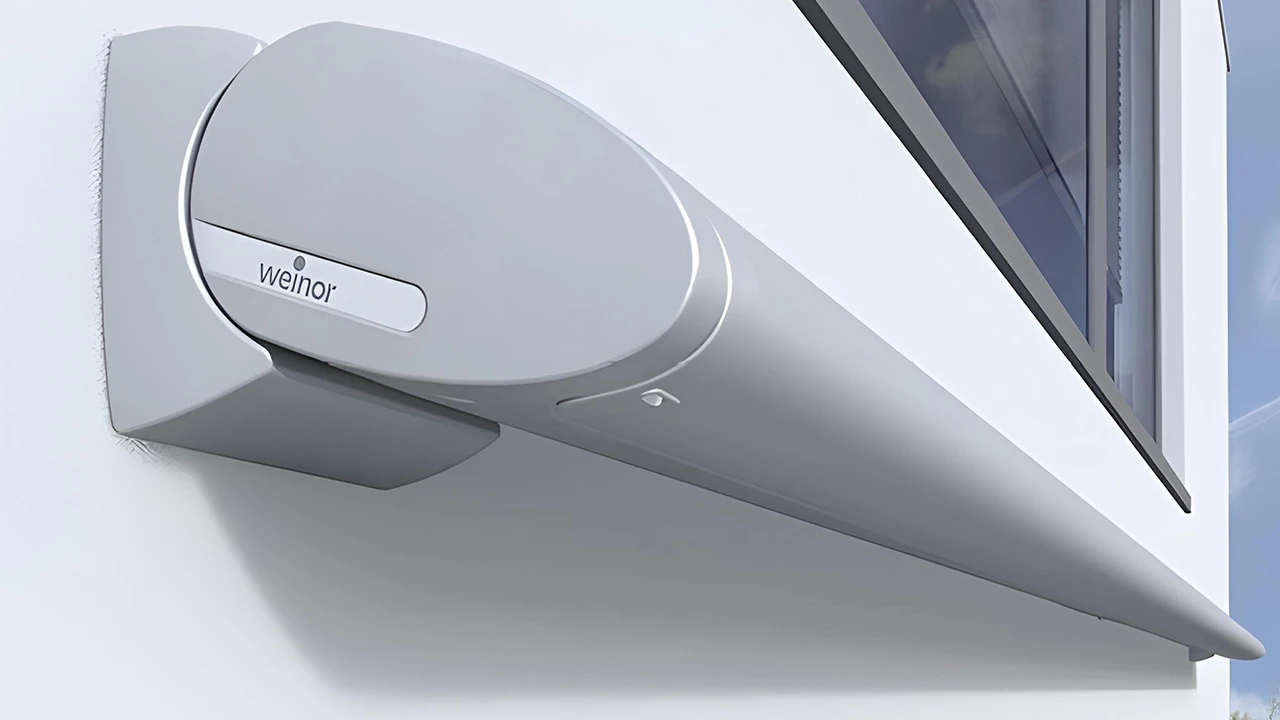
To maintain a sleek, consistent appearance, the gap between the awning cassette and the wall can be neatly sealed using a gap infill profile.

The low-noise Weinor LongLife arm offers impressive tension strength, keeping the fabric taut and stable, even in gusty winds. This ensures a smooth, well-positioned appearance at all times.
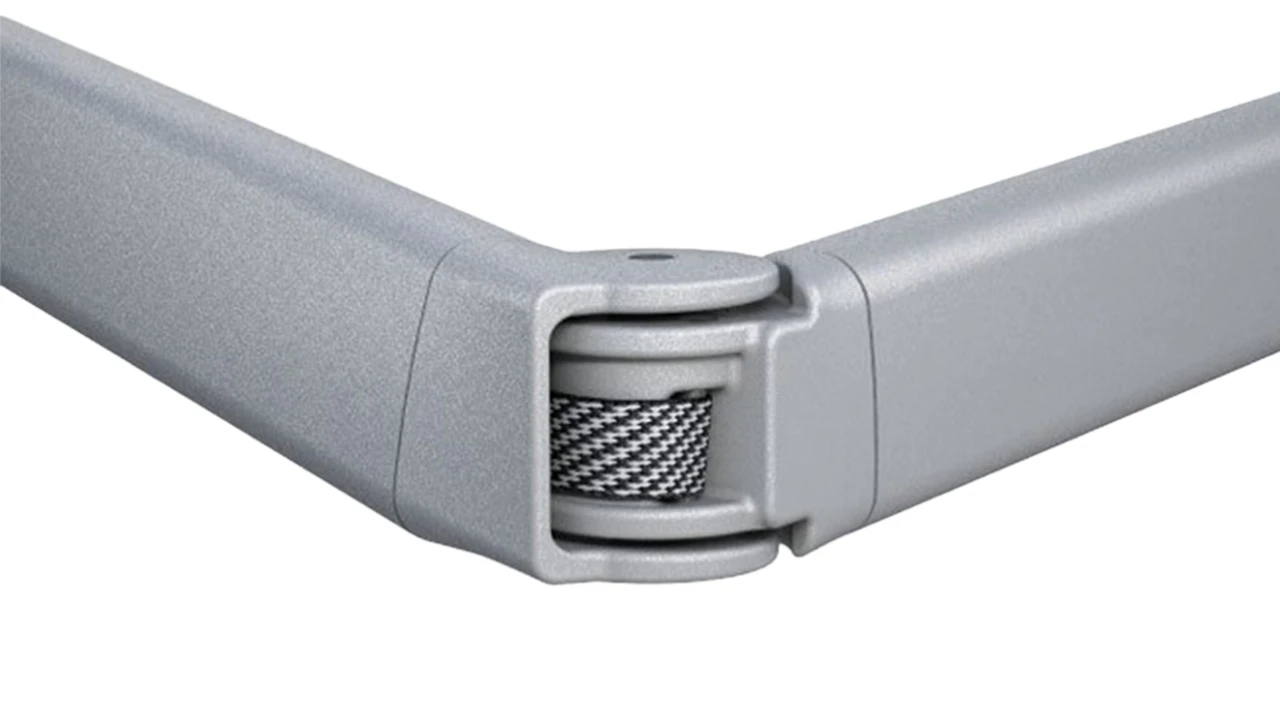
Thanks to its excellent wind resistance, the Cassita II Awning handles winds up to Beaufort force 5 with ease, offering dependable performance in breezy conditions.
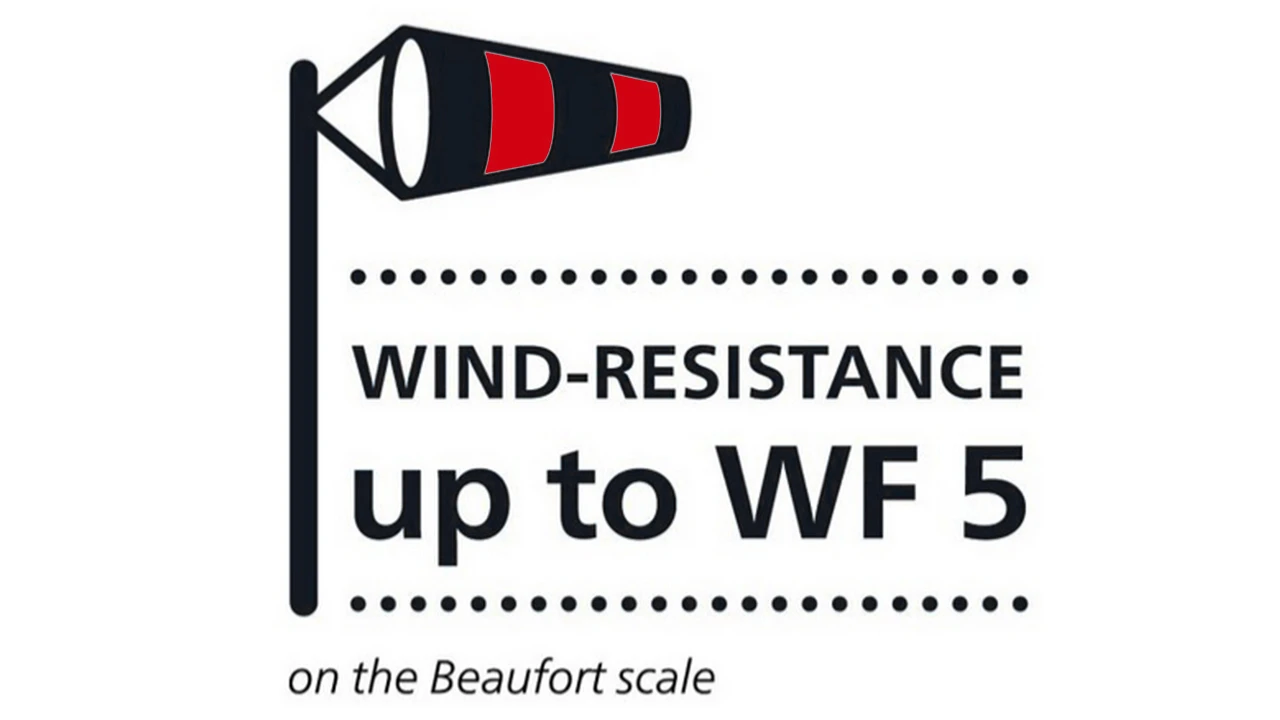
This compact, stylish awning adds comfort and character to your outdoor space while blending effortlessly with modern architecture. It offers reliable protection from the elements and can be upgraded with optional LED lighting for added atmosphere. With tailored sizing, colour, and fabric options, it’s a smart addition that enhances both your lifestyle and the overall value of your home.
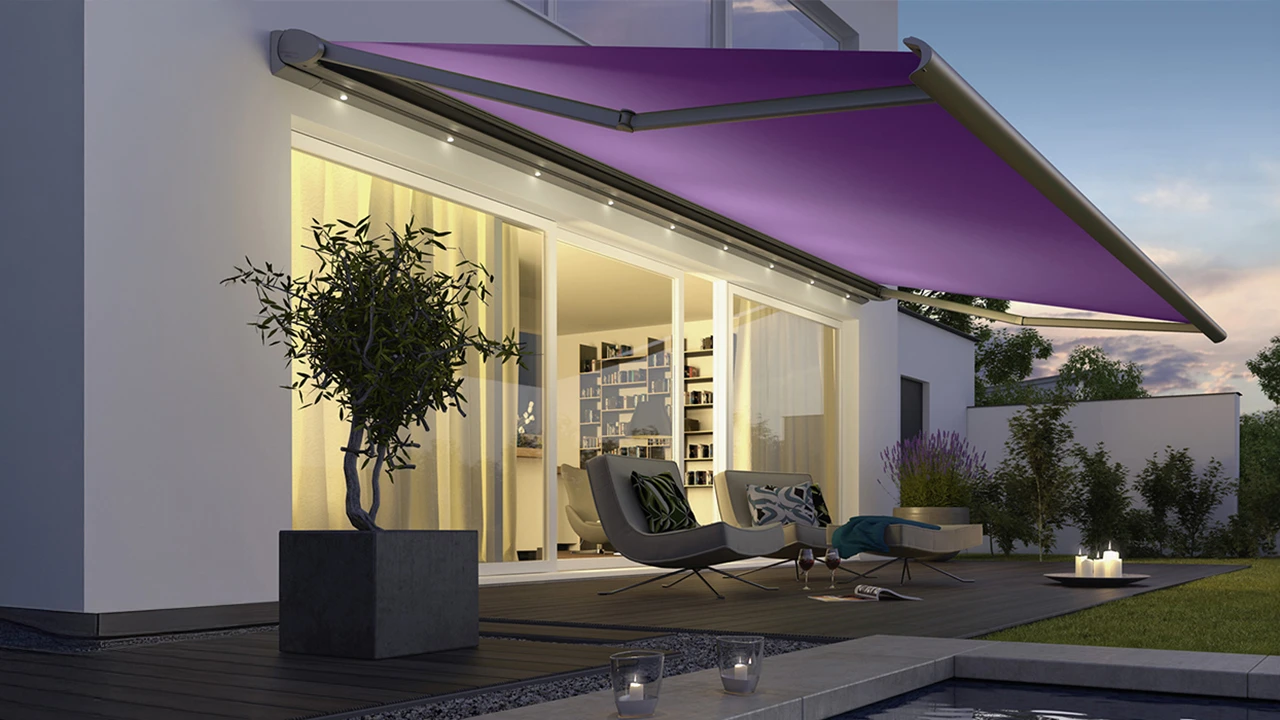
Your email address will not be published. Required fields are marked *